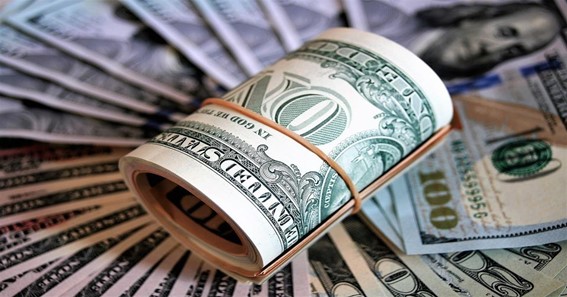It is simple to understand the allure of payday loans. Take this case in point. You need to pay a critical expense, but you only have $300. Ten days have passed since your last paycheck, you’ve maxed out all of your available credit, and nobody you know would lend you money. So, tell me, what do you do? There aren’t many great choices available, so the solution isn’t simple. Payday loans may seem like a quick fix to this problem since they may help you get by until your next paycheck, but in reality they might cause you to go deeper into debt.
It’s possible to find other ways to acquire the cash you need, even if your position seems dire. Being informed about the ins and outs of payday loans and your alternatives will allow you to make a sound financial choice.
click here – 6 Perks Of Using Margin Calculators
What you need to know about cash advance loans
If you need money quickly, payday loans online may be a good option. You may obtain approved for a payday loan regardless of your credit history since the lender can simply deduct the loan amount when you are paid again. It’s a way for payday loan companies to lessen their exposure to risk.
What gives them the gall to do that? One of the requirements for getting a payday loan is writing a postdated check to the lender. When you get a loan online, the lender will automatically deduct payments from your checking account the next time you are paid.
What will happen when it’s time to pay back the loan?
Payday lenders often assess a fee of $10 to $15 each $100 borrowed. According to the Consumer Financial Protection Bureau, the cost might vary from $10 to $30 depending on the lender and the borrower’s location. These costs may seem little at first, but they may quickly mount up. A two-week loan with a typical charge of $15 may have an APR of over 400%.
On your next payment, you must repay the full loan plus the charge. Payday loans are not often eligible for instalment payments like personal loans. If you don’t have enough money on your next paycheck to cover the whole debt, you may need to “roll it over.” There will be additional costs, of course.
So, here’s the scene you’re imagining:
The $100 loan you took out now costs you $115 due to the interest and fees charged by the lender. When the loan is due in two weeks, you find out you don’t have the money. You decide to roll over your loan by paying the $15 charge and continuing to make no principle payments, so you now owe $115. Although it may not seem like much when you take out the loan, that cost may quickly add up if you keep rolling over your loan.
click here – 10 Cheap Car Insurance Quotes–Side-by-Side Comparison
What factors into the vicious cycle that payday loans create?
When you really need the cash, it’s easy to ignore the cost of a payday loan. It’s reasonable to think that you’ll have enough money on your next paycheck to cover the charge and the principal. While this is true, your salary likely has additional obligations that must be met. The best-laid plans of those intending to save enough for the payday loan repayment can go awry when unforeseen expenses arise.
Maybe you were going to save money on petrol money the following month to repay the debt. Nonetheless, if petrol prices rise, your strategy may fail. You will need to roll over your loan if you are unable to repay it in full. According to Katie Ross, education and development manager at the non-profit American Consumer Credit Counseling, “you get in this vicious loop if you don’t pay it back when it comes due.” Then, “every time you’re late, you’ll have interest and fines added onto that.”
Once you’ve fallen into this pattern, breaking out may seem impossible. Ross warned that taking out a loan without a strategy to return it fast would just make the borrower’s debt load more heavier. She went on to say that borrowers would be better off if they had bigger paychecks so that they would have more room in their budgets to save up money to pay back their payday loans. To paraphrase, “you can see where the difficulty begins if your income isn’t much more than what you’re borrowing, or if you have a bunch of additional expenses to pay.”
